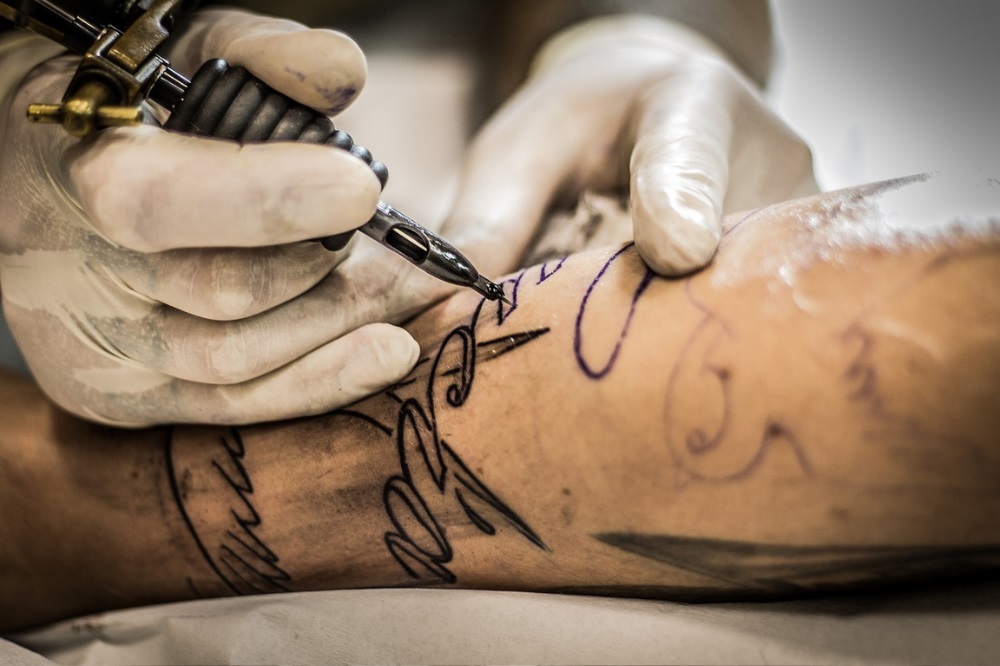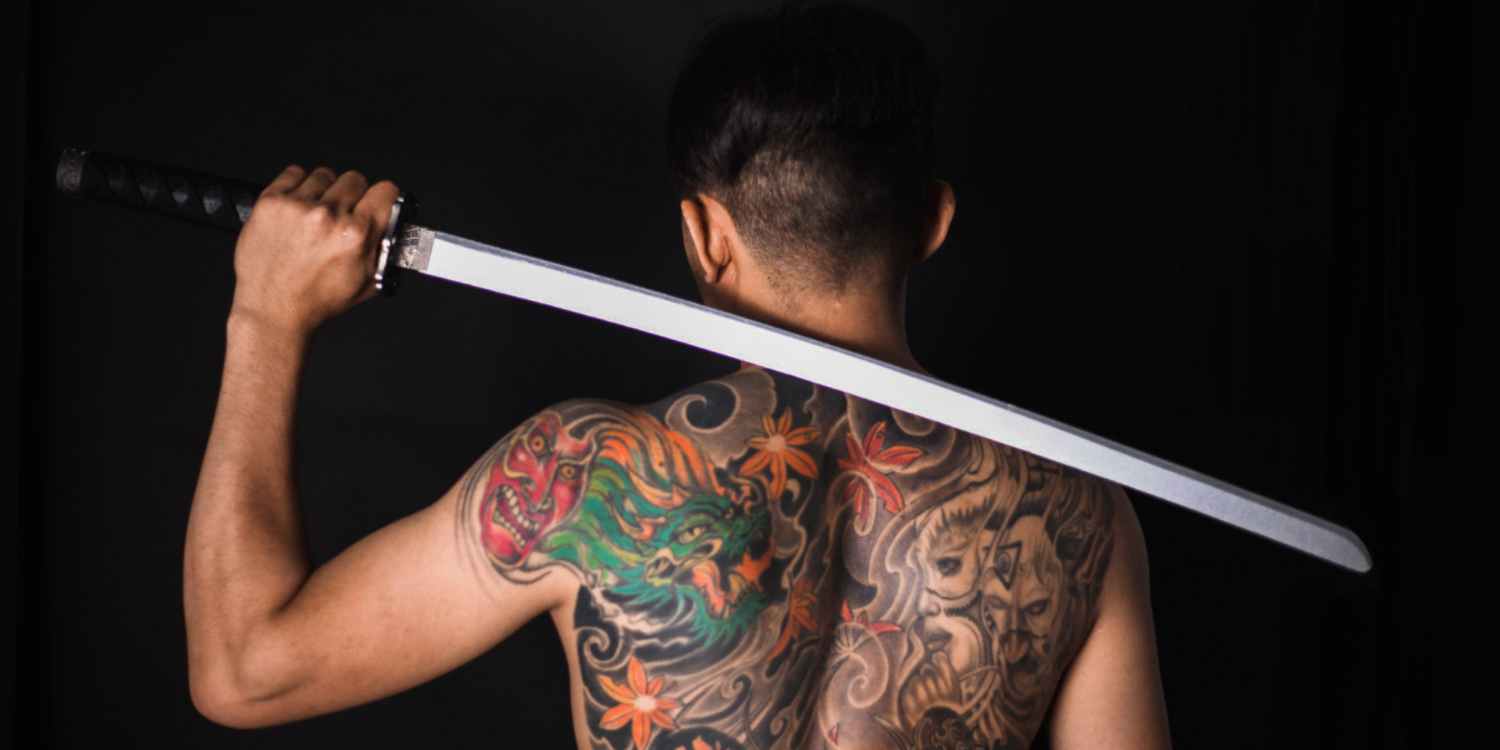Tattoos are a beautiful form of self-expression, and surrealist tattoos take this concept to the next level. Surrealism tattoos are a unique and eye-catching way to express oneself through body art. In this guide, we will explore everything you need to know about surrealism tattoos, from their history to popular designs and styles.
History of Surrealism Tattoos
Surrealism is an artistic movement that originated in the 1920s, focusing on the unconscious mind and irrational juxtapositions. This movement emphasized the importance of dream-like states and the use of symbolism to express ideas and emotions. Surrealism tattoos emerged as a popular style in the 1960s and 1970s, when tattoos became more accepted as a form of self-expression and mainstream art form.
Designs and Styles of Surrealism Tattoos
Surrealist tattoos can take on a variety of forms, ranging from whimsical and dreamy to dark and macabre. Some popular surrealism tattoo designs include:
Dreamscapes: These tattoos often depict surreal landscapes or dream-like scenarios, often with vibrant colors and unusual elements.
Surreal Portraits: These tattoos use surreal elements to transform a realistic portrait into something otherworldly and strange.
Animal Hybrids: These tattoos combine different animals or merge them with human elements, creating strange and surreal creatures.
Macabre Imagery: These tattoos feature dark and eerie imagery, such as skulls, skeletons, and other morbid elements.
Styles of Surrealism Tattoos
There are several styles of surrealism tattoos, each with its own unique approach to the surrealistic aesthetic:
Watercolor: Watercolor tattoos mimic the appearance of watercolor paintings, using soft, muted colors and blending techniques to create a dreamy, ethereal effect.
Dotwork: Dotwork tattoos use tiny dots to create intricate patterns and designs, often giving surrealistic elements a more delicate and detailed appearance.
Blackwork: Blackwork tattoos use only black ink, often creating bold and graphic designs that lend themselves well to the surrealism aesthetic.
New School: New School tattoos incorporate bright, vibrant colors and exaggerated proportions, often playing with the viewer’s perception of reality.
Caring for Surrealism Tattoos
Surrealism tattoos are a unique and captivating form of body art that can make a bold statement. These tattoos often feature dreamlike, abstract, and surreal elements that challenge traditional perceptions of reality. To keep your surrealism tattoo looking vibrant and beautiful for years to come, it’s important to follow a proper aftercare routine.
Here are some tips for caring for your surrealism tattoo:
· Keep it clean:
Proper cleaning is crucial in the first few weeks after getting a surrealism tattoo. Use a mild soap and warm water to gently clean the tattooed area twice a day. Avoid scrubbing or rubbing the tattoo, and never use a washcloth or sponge as these can irritate the skin and damage the tattoo.
· Moisturize regularly:
Keeping your tattoo moisturized is key to promoting proper healing and preventing scabbing. Use a fragrance-free, non-greasy lotion to moisturize the tattooed area at least twice a day. Apply a thin layer of lotion to the tattoo and gently rub it in using clean hands.
· Avoid direct sunlight:
Exposing your surrealism tattoo to direct sunlight can cause fading, discoloration, and even damage to the skin. Avoid spending too much time in the sun, especially during peak hours when the sun’s rays are strongest. If you do need to be outside, wear a protective clothing and apply a high SPF sunscreen to the tattooed area.
· Avoid soaking in water:
Submerging your tattoo in water, whether it be a bath, hot tub, or swimming pool, can cause the ink to fade and the skin to become overly saturated. Avoid soaking the tattooed area in water for at least 2-3 weeks after getting the tattoo. When showering, keep the water temperature lukewarm and avoid directing the stream of water directly onto the tattoo.
· Avoid tight clothing:
Tight clothing can rub against the tattooed area, causing irritation and even damage to the skin. Wear loose, breathable clothing over the tattooed area to allow it to breathe and promote proper healing.
· Avoid scratching or picking:
As your surrealism tattoo heals, it may become itchy or scab over. Avoid scratching or picking at the tattooed area, as this can damage the skin and cause scarring. If the tattoo becomes itchy, apply a cold compress or gently tap the area with clean fingers to alleviate the discomfort.
· Follow your tattoo artist’s instructions:
Your tattoo artist will provide you with specific aftercare instructions tailored to your tattoo and skin type. Follow these instructions carefully and reach out to your artist if you have any questions or concerns about the healing process.
By following these tips, you can ensure that your surrealism tattoo heals properly and looks beautiful for years to come. Remember to always prioritize proper aftercare and reach out to your tattoo artist or a healthcare professional if you experience any complications during the healing process.
Conclusion
Surrealism tattoos are a stunning and unique way to express oneself through body art. Whether you are drawn to dreamy landscapes or macabre imagery, there is a surrealism tattoo design and style for everyone. By understanding the history and popular designs of surrealism tattoos, as well as proper care and maintenance, you can make an informed decision about whether this style is right for you.













